Today, we’re indulging in everything you need to know about chocolate. First, we’ll explore its origins as an indulgent drink to the creation of the solid chocolate bar. Then, knowing the history of chocolate and how it is made will help you create baked goods with chocolate more efficiently and deliciously. And besides, don't most chocolate lovers want to know fun facts about chocolate?
From decadent Triple Chocolate Cheesecake to Homemade Chocolate Pop-Tarts, it’s hard to find a reason not to love chocolate. Even those who love vanilla flavors more than chocolate (a true sin, I know) can rarely resist chocolate accents in Cranberry Chocolate Scones or our Gluten-Free White Chocolate Raspberry Blondies.
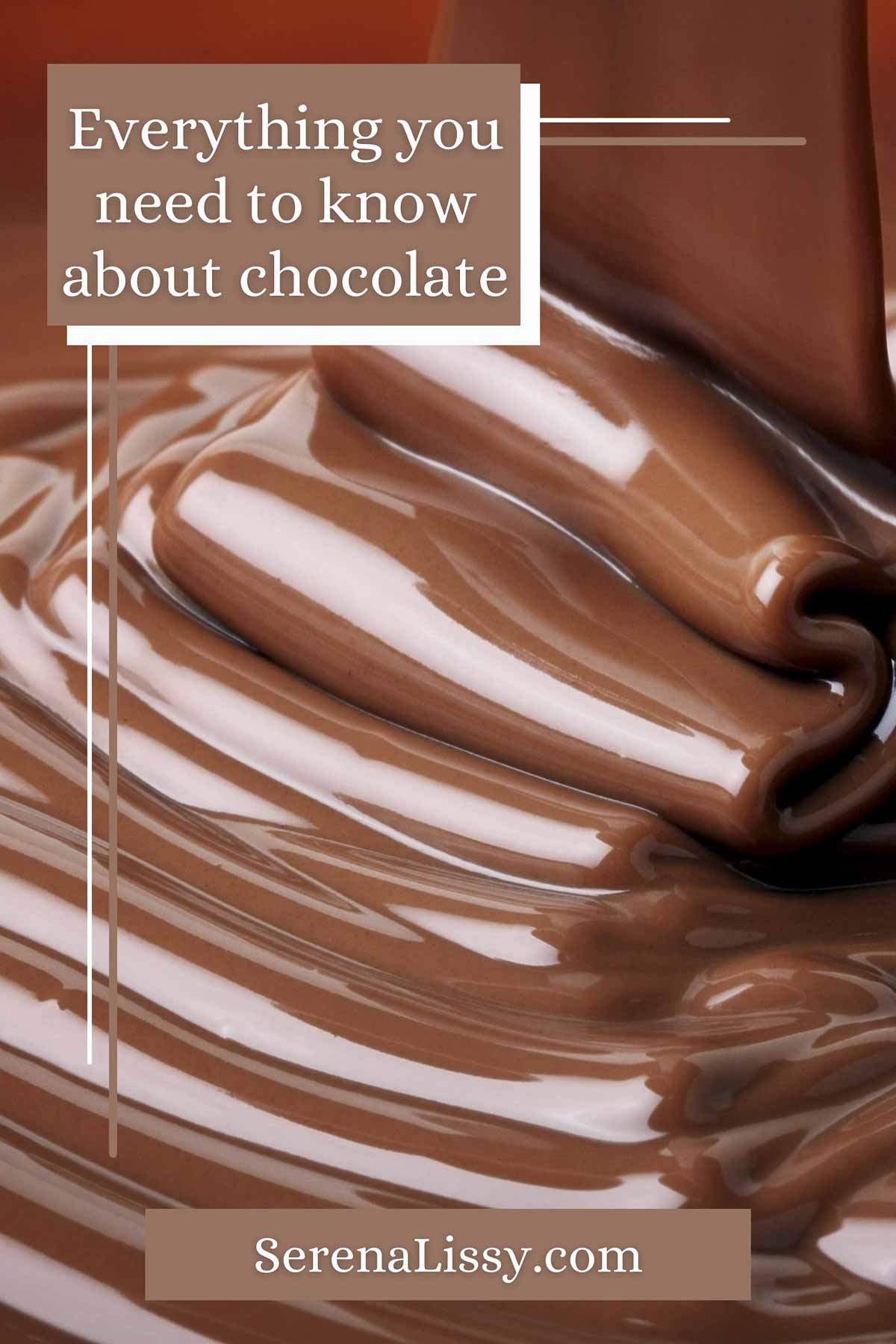
Chocolate History
When it comes to the origin of chocolate, we have to explore the terminology of “cacao” vs. “chocolate.” The term “cacao” refers to the cacao plant or cacao beans, while “chocolate” defines any product made from the beans way down the manufacturing line.
We may never know the true year chocolate was first consumed, but many historians estimate chocolate has been prepared since 2000 years ago.
According to Smithsonian magazine, anthropologists from the University of Pennsylvania found pottery with cacao residue in Honduras. These pottery pieces dated back to 1400 B.C.E. Remnants suggest that the beans had been fermented into an alcoholic beverage.
Chocolate had become a fashionable drink by the 17th century in Europe. Then, in 1828, a Dutch chemist created powdered chocolate known as “Dutch cocoa.” And finally, the creation of the modern chocolate bar is credited to Joseph Fry, who pioneered adding melted cacao butter into Dutch cocoa for a solid creation.
While the exact specifics of chocolate origins may remain a mystery, it’s no surprise that the unique taste of cacao, and the sweet taste of chocolate, have been capturing hearts for centuries.
Over the years of chocolate history, sales of premium chocolates have skyrocketed, and we have come a long way from a fashionable bitter drink of the early times to the final product of today and all the different types of chocolate.
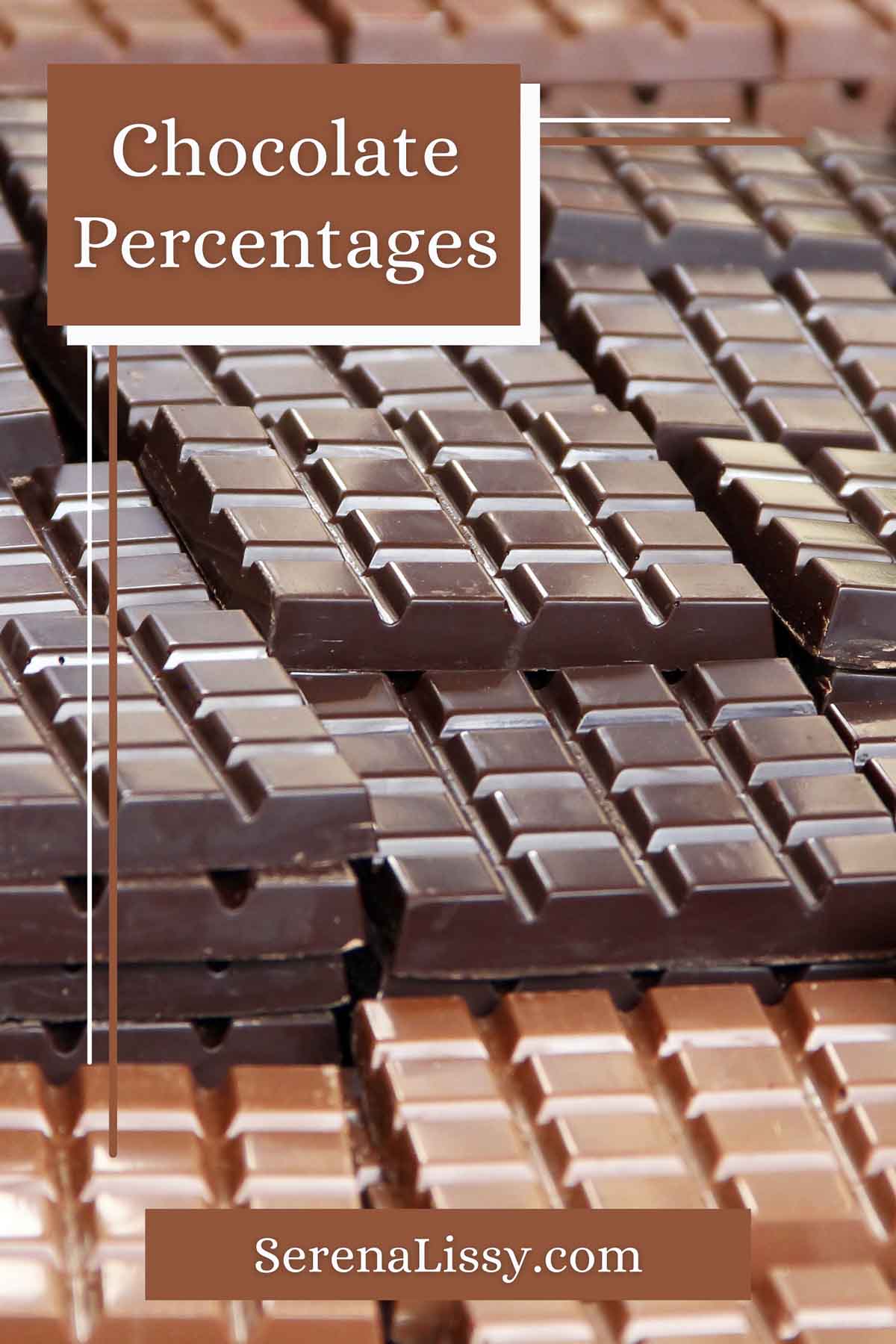
Chocolate Percentages
When baking or shopping for chocolate and chocolate bars, you’ll notice that there are varying percentages of chocolate in each bar. In general, self-proclaimed chocolate connoisseurs may state that the higher the chocolate percentage, the better a bar is in quality and taste.
In reality, chocolate percentages define how much of a chocolate bar is made from cacao derivatives. Remember how Joseph Fry used both cacao butter and Dutch cocoa to create a solid chocolate bar?
Today’s chocolate bars are made from cacao beans, cacao butter, sugar, and milk or milk powder. The percentage on a bar represents how much of the bar by weight is made up of cacao beans and cacao butter together, known as cacao mass.
So no two 80% bars will taste the same. This is because different brands of chocolate have different ingredients to get the 80% during the chocolate making. So this basically means that two bars with the same percentage of chocolate will not taste the same.
And while a higher percentage of chocolate might sound fancier, there are some 50% bars that could beat a 90% bar in taste!
In general, candy chocolate bars such as Hershey’s are estimated to have about 10% chocolate content, while many baking recipes call for 70% or higher. When baking or creating a new recipe, you’ll probably already be adding sugar or milk separately. This is why higher chocolate percentages are typically the best option in most recipes.
The Health Benefits Of Chocolate
It’s finally time to get into the nitty-gritty: is chocolate good for your health? It’s no surprise that one of the biggest worries about eating delicious foods is the potential health effects of consuming too much butter and sugar.
As with most things, chocolate can be good for you and your health when eaten correctly and in moderation.
According to John Hopkins nutritionist Diane Vizthum, antioxidants in dark chocolate can lower blood pressure and reduce the risk of blood clotting while helping to reduce coronary heart disease. In addition, epicatechin, an antioxidant in chocolate, can help the body combat diabetes.
Epicatechin also increases nitric oxide production in the blood, supporting circulation and even reducing stress levels.
Health Risks Of Chocolate
Naturally, almost anything can be bad for you in too-large quantities. However, when it comes to chocolate, one of the biggest health risks is weight gain. This is especially true in milk or white chocolates containing more butter and sugar than most dark chocolates.
Are you looking to add chocolate to your diet for health benefits alone? If so, you’re better off sticking to dark chocolate.
Additionally, high sugar contents in chocolate products can lead to tooth decay and diabetes risks. Select individuals may also experience migraines or headaches when consuming chocolate.
As always, moderation is important and the better choice when planning a wholly healthy and balanced diet.
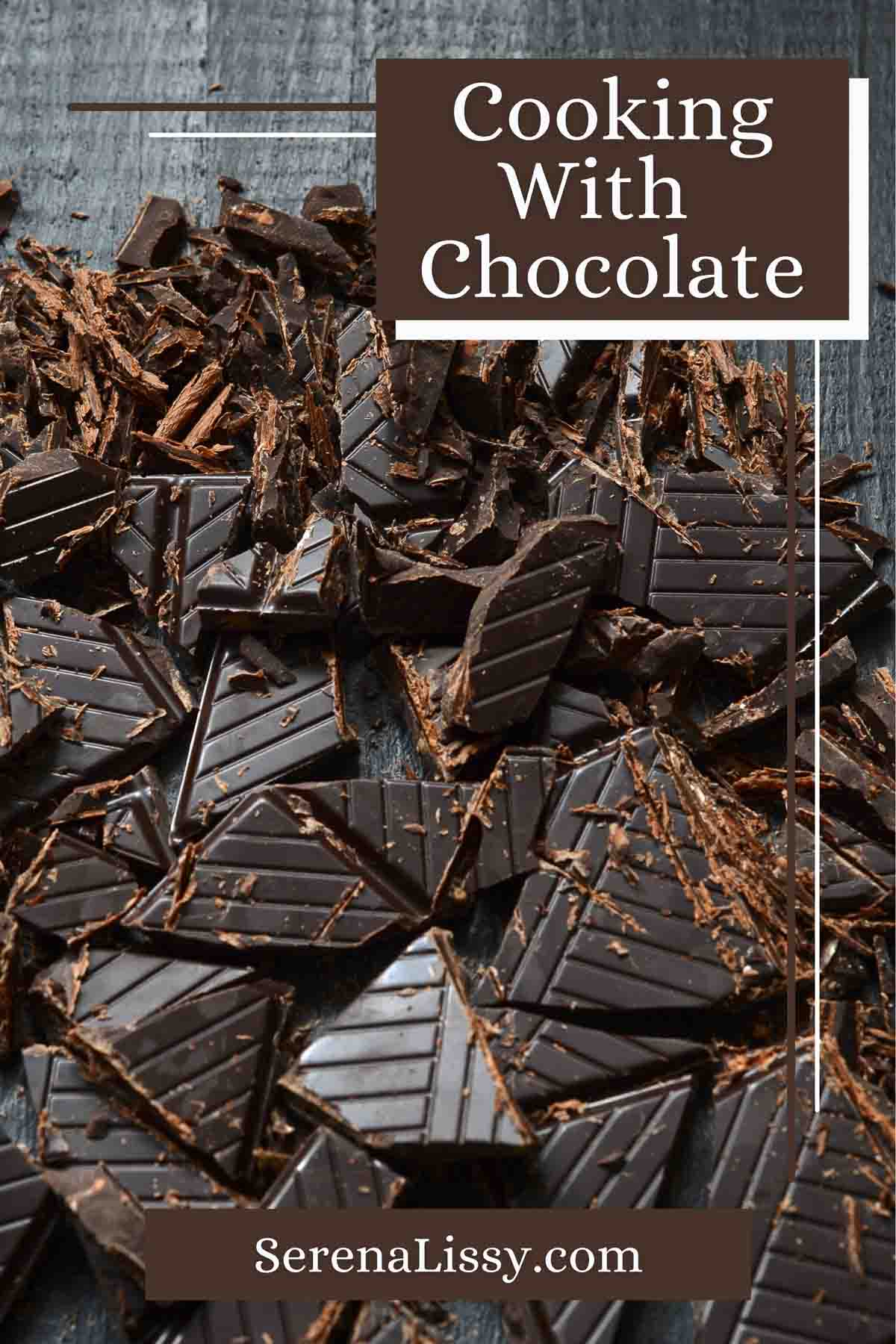
Baking With Chocolate
Here at SerenaLissy.com, the one thing we love more than chocolate is creating baked goods with chocolate! So how does the composition and history of chocolate affect how we bake with it?
Upon perusing your local grocery store, you’re sure to find a wide variety of chocolate bars, chocolate chips, and cocoa powders. When a recipe calls for “chocolate” alone, this refers to baking chocolate.
Unsweetened baking chocolate is typically made of 100% chocolate, without added sugars and flavors. It’s a much better option for recipes that call for “chocolate” and not “chocolate chips” specifically, as chocolate chips are specifically preserved to not melt under heat.
In most cases, you can find baking chocolate in baking supply aisles, not in candy aisles. Using Hershey’s kisses in your baked goods may result in a sweet treat. But trust us in our recommendation of baking chocolate when it comes to incorporating chocolate into a batter or mix.
If you’re a white chocolate lover, keep in mind that this chocolate will perform a bit differently in bakes. Why? Because it doesn’t contain chocolate solids from the cacao bean at all! White chocolate is made from basic ingredients; cacao butter, milk, sugar, and vanilla at its core.
Fun Facts About Chocolate
- Cacao was once used as currency.
- Now for a bit of math: Cacao trees produce approximately 30 pods per year. Each pod contains about 40 beans. It takes about 500 beans to make 1lb of chocolate. So one tree can produce enough beans for about 2lb of chocolate per year.
- The Scientific Name for the Tree that Chocolate Comes From Means 'Food of the Gods'
- Chocolate has over 600 flavor compounds. Wine only has around 200 for comparison.
- Chocolate tastes different depending on its place of origin.
- Hershey's makes more than 70 million chocolate kisses PER DAY at their chocolate factory! I know they are tiny, but 70,000,000 per day! That's a lot of zeros!
- Ruth Wakefield sold her famous chocolate chip recipe to Nestle for a lifetime supply of chocolate. Wow! I'm sure that seemed like a sweet deal at the time, but not so much today!
- Americans' chocolate consumption is 2.8 billion pounds of chocolate each year, or over 11 pounds per person. And I'm guessing that isn't always good quality chocolate, and it's much more mainstream chocolate with high levels of added sugar. (Now go back to the math fact. Think how many cacao trees it takes to supply large chocolate companies around the world!)
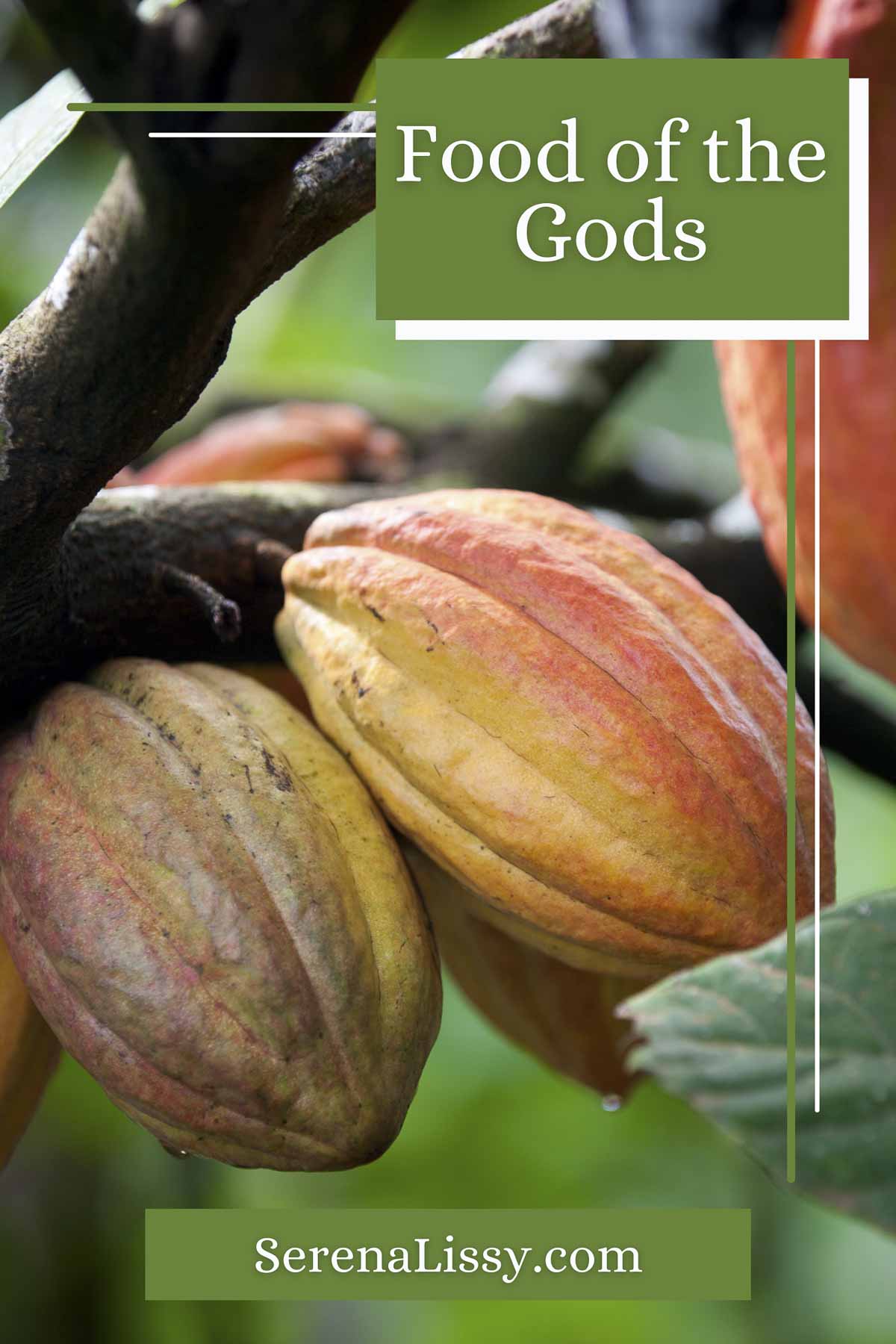
Creating With And Enjoying Chocolate
What type of chocolate or percentage of chocolate do you love most? There are countless ways to prepare and enjoy this succulent treat. And sometimes, just enjoying a piece of chocolate is all you need. Here at SerenaLissy.com, we have a variety of delicious recipes that feature chocolate as well as a specific Baker’s Guide to Chocolate. And if you are at all curious about a chocolate farm, come along and take a virtual tour with us through Central America as we explored a chocolate company in Costa Rica.
Explore our blog to learn more and bake with chocolate today.
Looking For More Baking Tips
Subscribe to my free newsletter to get new baking tips in your inbox monthly. Find me sharing new recipes and tips on Pinterest, Instagram, or Facebook.
As an Amazon Associate and member of other affiliate programs, I earn from qualifying purchases. What that means is if you click on one of our affiliate links, they may toss a few pennies our way for a commission.


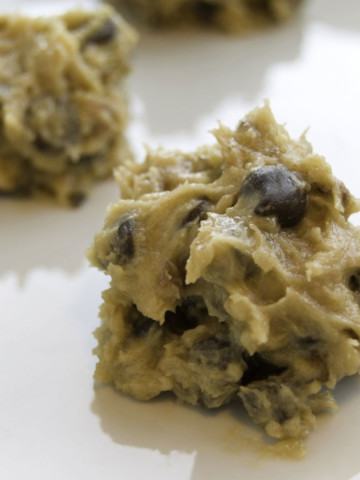
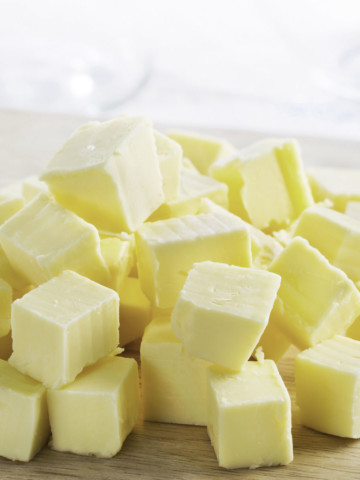
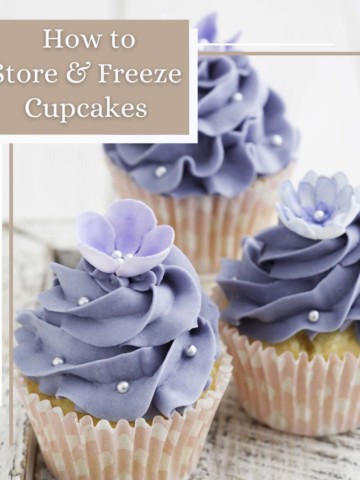

Shashi says
Wow - what a wealth of information on chocolate - most definitely God's chosen food!
serena says
Thanks!
sue says
Fabulous post about my favorite food...heading over to your chocolate cheesecake now 🙂
serena says
Enjoy 🙂
Mirlene says
This post is so informative. Thank you so much for sharing.
serena says
Thanks!
Sharon says
This is a fantastic breakdown of all things chocolate! I really like the part about chocolate being healthy for you.
serena says
That's my favorite part 🙂
Beth says
This was such an interesting and great read on chocolate! Saved to my bookmarks to show my daughter. I can’t wait to share this with my family and friends!
serena says
Thanks Beth!